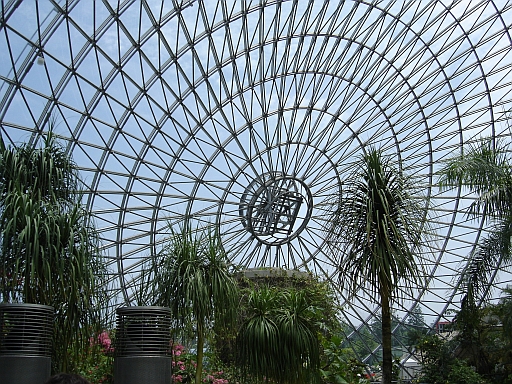"Welcome to Tottori" sign as seen from my incoming plane at Tottori Airport.

---------------------------------------
The infamous Tottori Sand Dune, or sakyu in Japanese.
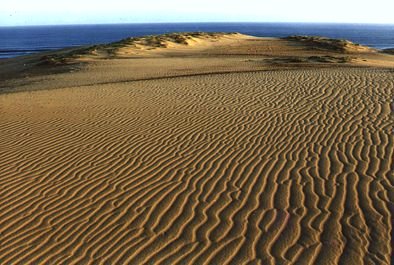
---------------------------------------
The Shan Shan Matsuri, Tottori's biggest annual festival, features elaborately-decorated umbrellas and dances. With the largest amount of precipitation in western Japan, Tottori is often symbolized by the ubiquitous umbrella.
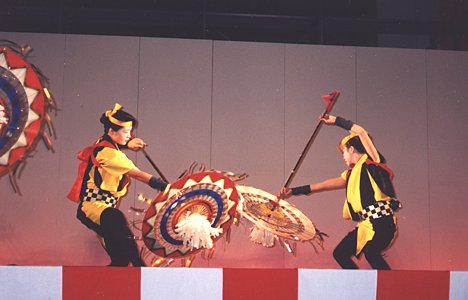

---------------------------------------
The Uradome shoreline, part of the Sanin Coast National Park.

---------------------------------------
Soaking in one of Tottori's many famous natural hot springs.
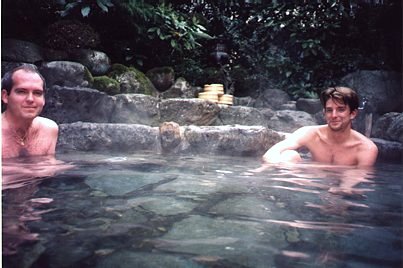
---------------------------------------
One of Tottori's secret treasures is the Nageiredo Temple, hidden near the top of Mt. Mitoku. Built literally into the side of a mountain, the structure is nicknamed the "thrown in" temple for its apparent ability to defy gravity.

---------------------------------------
Having the least amount of people in Japan means that Tottori has plenty of land left over for rice cultivation.

---------------------------------------
Enchoen, an expansive Chinese garden in the central part of the prefecture,
celebrates Tottori's sister relationship with Hebei province in China.
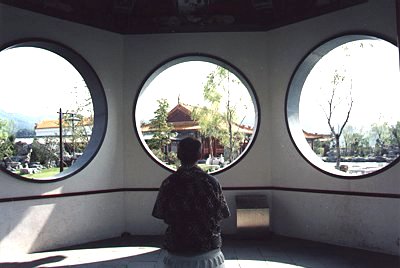
---------------------------------------
The first light of dawn at Togo Lake, right smack dab in Tottori's center.

 click here for pictures of the lovely lakeside Bokoro ryokan!
click here for pictures of the lovely lakeside Bokoro ryokan! 
---------------------------------------

